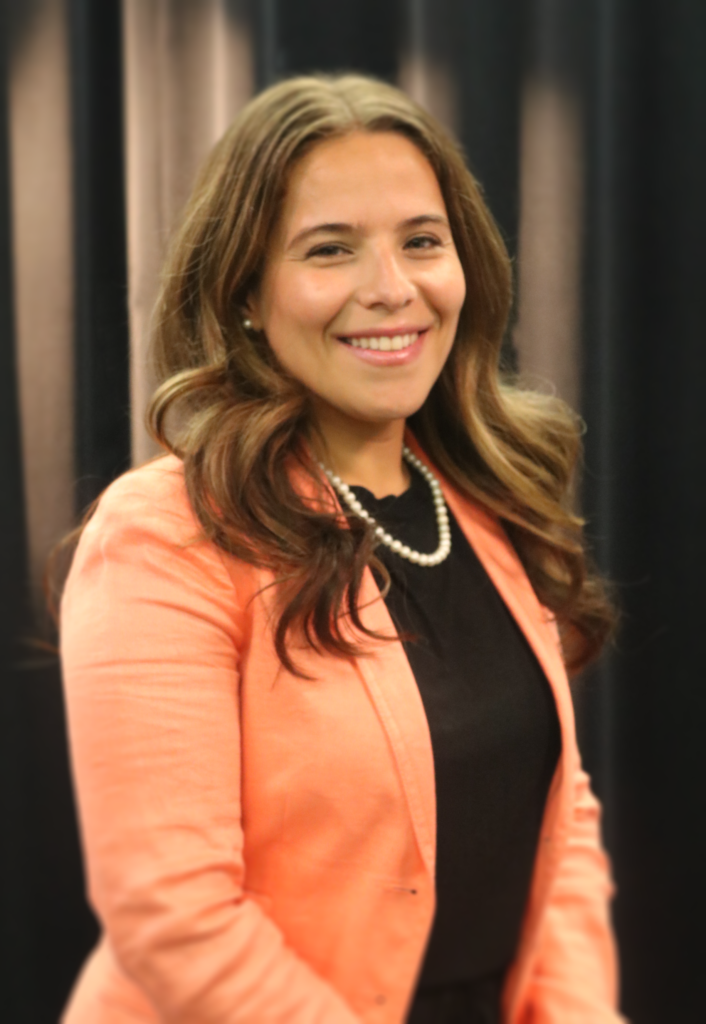
As Southwestern Schools Struggle to Help All Students Succeed, Cutting Costs is Anything But Simple
Category
Blogs
Written By
Brad Skertich, Superintendent, Southwestern CUSD #9
Date
Feb 16, 2023
Schools in the Southwestern School District strive to provide the supports all students need to succeed, but must work with limited resources.
Recently, during a discussion on school funding reform, a legislator suggested that if a district’s enrollment declined by 30 students, the district would have less work and should therefore be able to cut a classroom. On the surface, the consequences of changing enrollment may appear to be that simple – however, reducing expenses after a decline in enrollment is anything but simple.
Let’s say a local company moved out of town and 20 families moved away as a result. If 28 students moved from the district, the chances are extremely low that all of these students would be from the same grade level. A more likely scenario is that a few students moved from each grade level throughout the district.
As an example, let’s suppose only four 6th-grade students moved, dropping the 6th-grade enrollment from 117 to 113. If the district acted as the legislator suggested, the number of sections would be reduced in 6th-grade from four to three. Class sizes would then rise from 29 to 38. Dropping an entire section would account for a decline in student enrollment, but would adversely impact class sizes. In short, districts cannot simply cut an entire section when 28 students leave the district.
Now let’s consider kindergarten students’ needs and a decline in population. Students do not arrive in uniform packages of twenty-five. Students enter the classroom with varied language skills and dissimilar abilities when identifying shapes, letters and counting. Educators have a moral and ethical obligation to provide those students with additional supports to enhance their learning and prepare each child for first grade.
A typical student will not require interventions to address delays as they will grow and progress normally throughout the school year. However, many students will not progress at the same rate and may require any of a number of interventions, including small group instruction in reading and math, speech services, occupational therapy, physical therapy, hearing and vision, teacher aide support, social work, a bilingual teacher or special education services. Simply put, addressing at-risk individual student needs is not simple and supports allow students to progress with their peers regardless of the enrollment trend.
Whether class sizes are consistent, expanding or declining, one element remains constant: students require varied services to meet their individual needs. There is no quick or discounted adjustment to provide students with necessary and appropriate interventions. One-size fits all does not apply, and meeting students’ needs and instituting change is not that SIMPLE! That’s why we need to work harder than ever to make sure that school funding reform produces an equitable formula, so that our schools have the resources to help all students succeed.





